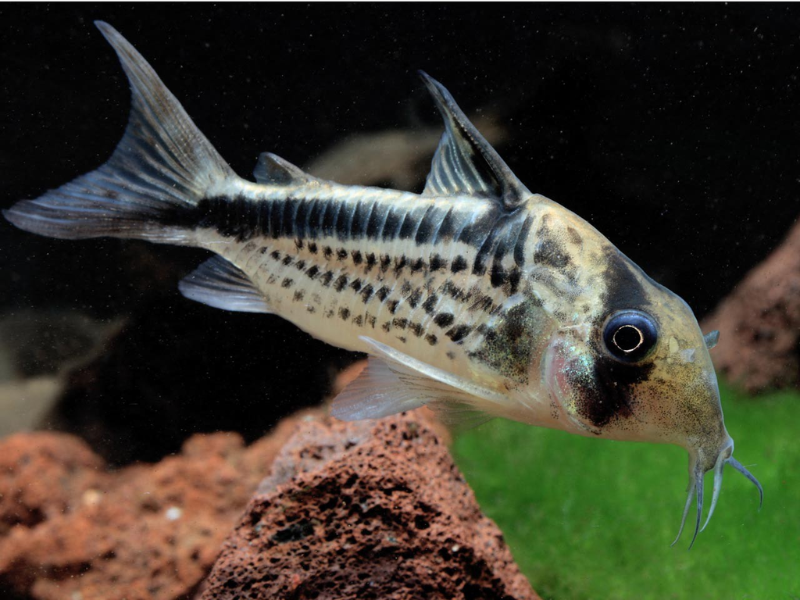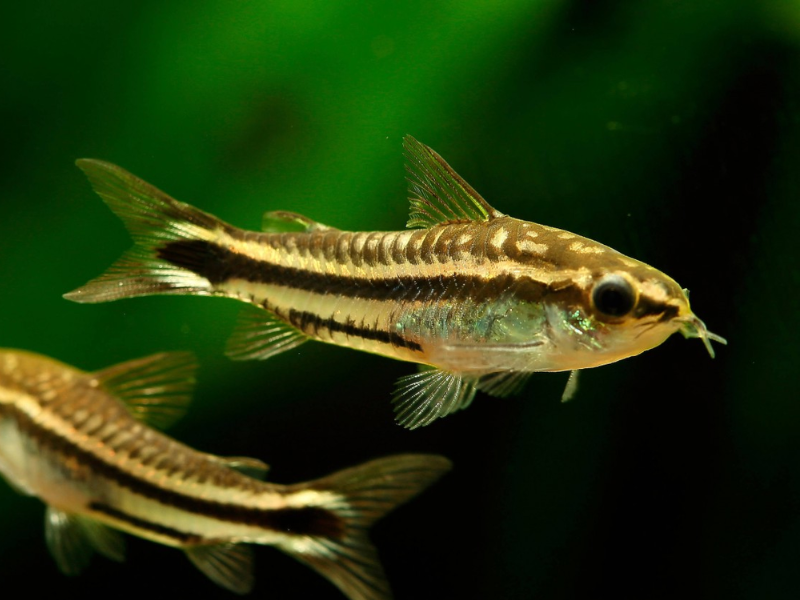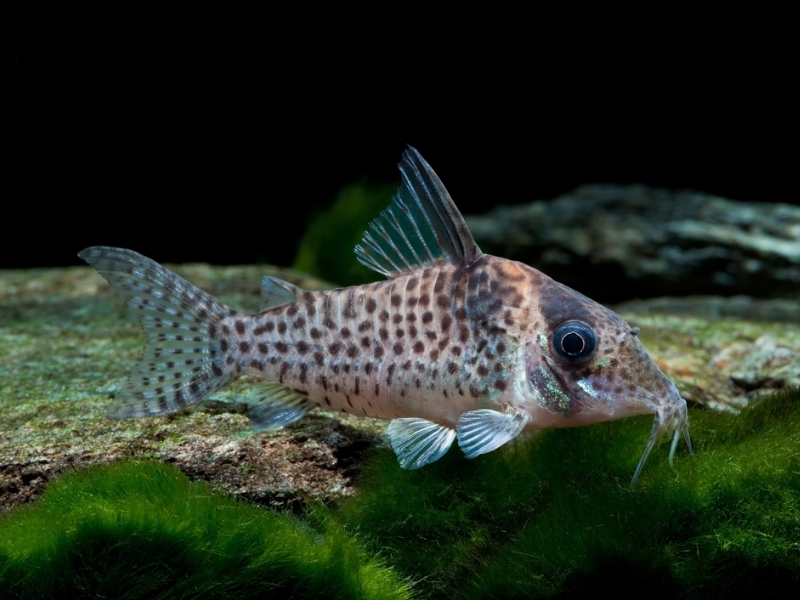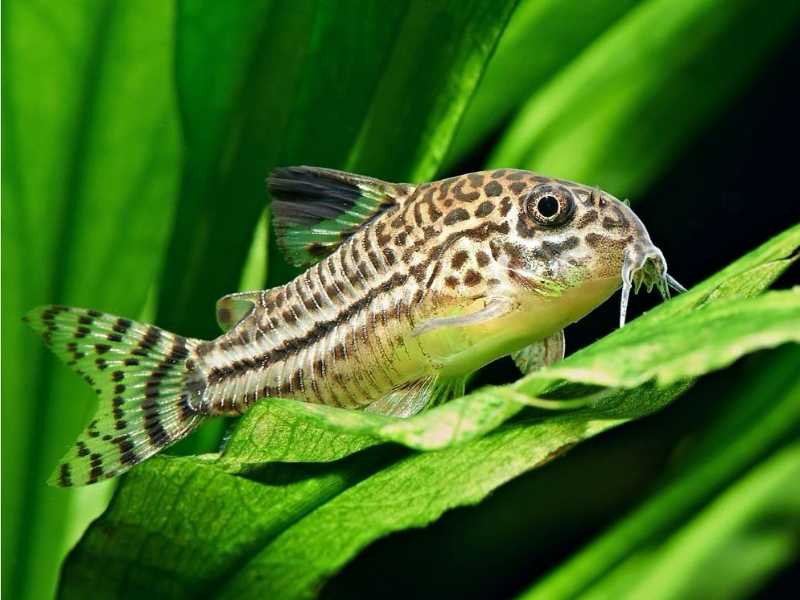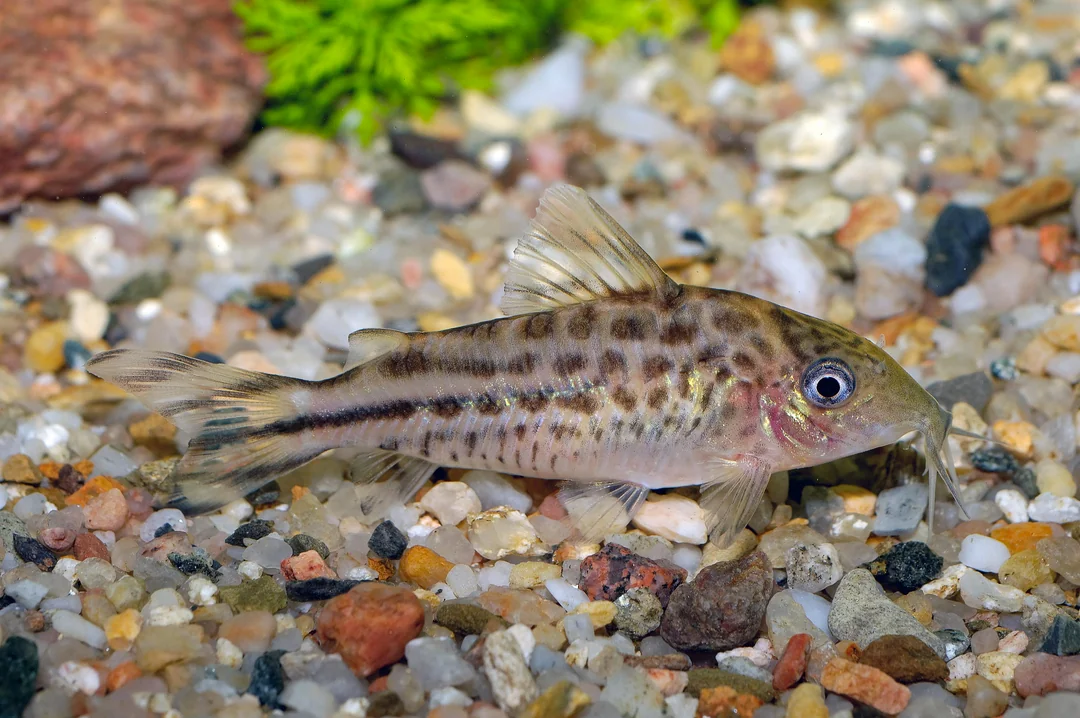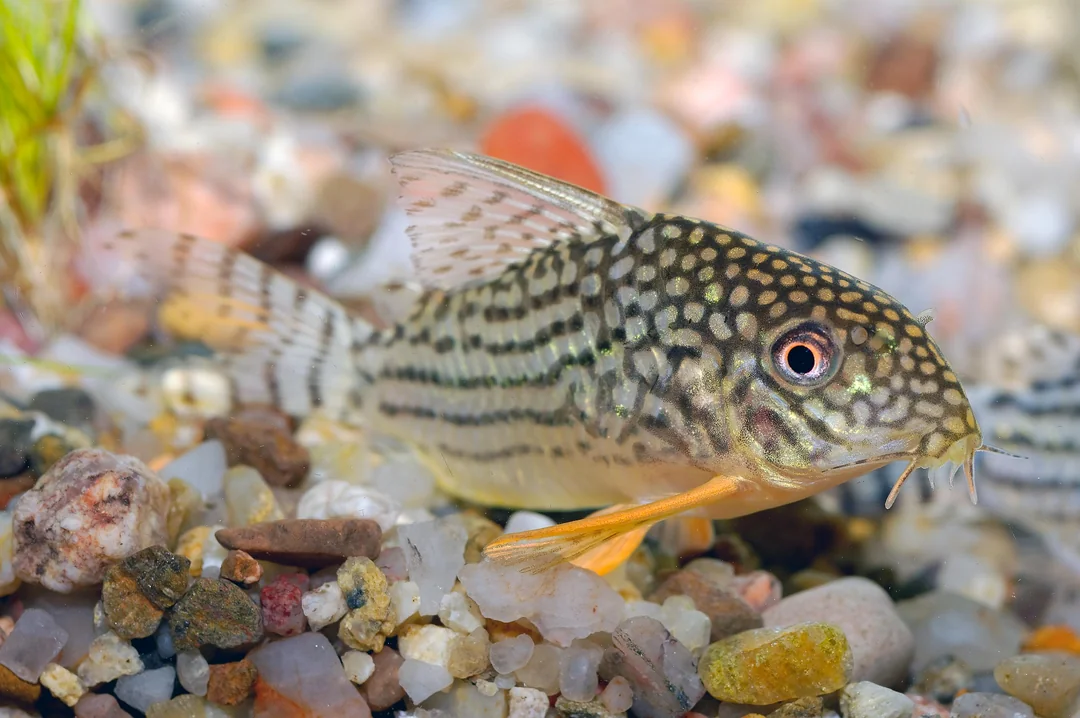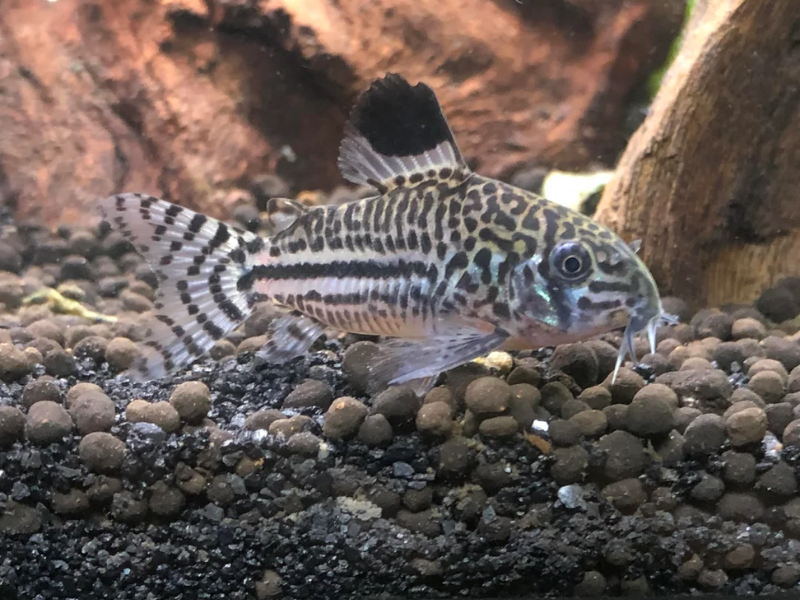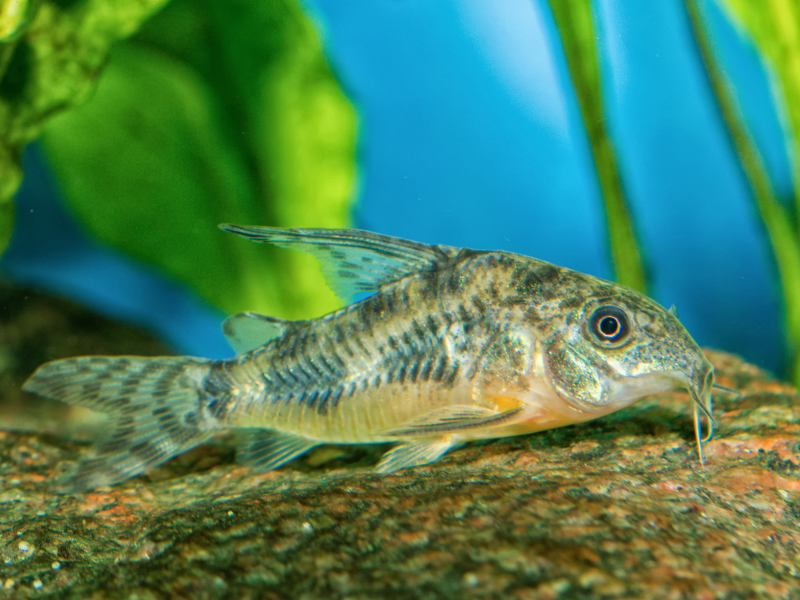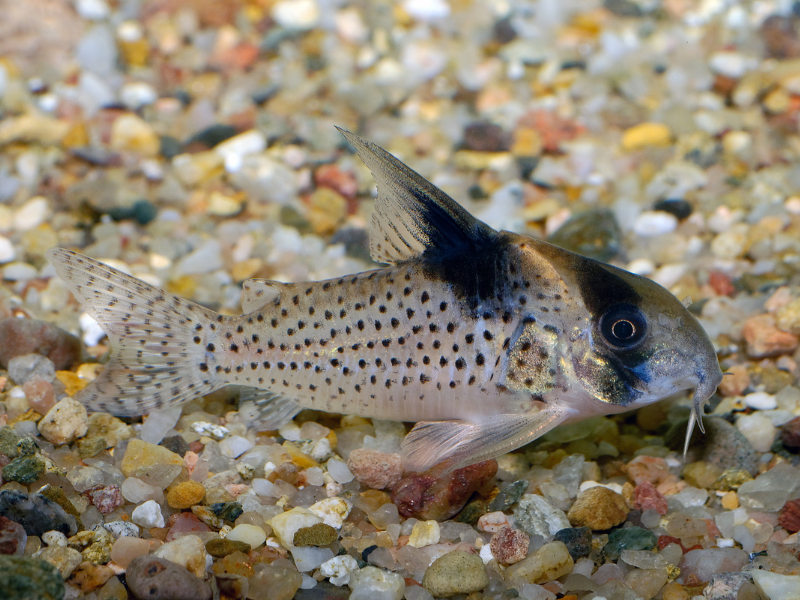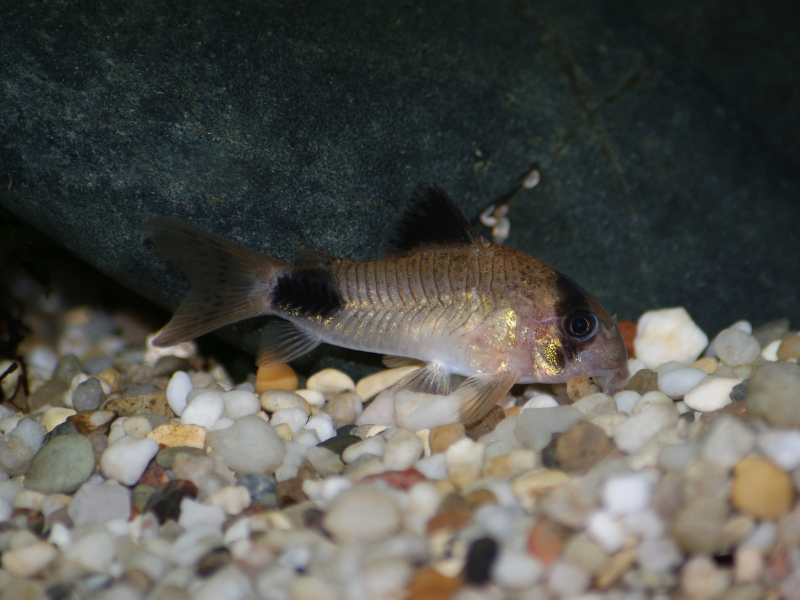Hoplisoma adolfoi
Adolfo's Cory
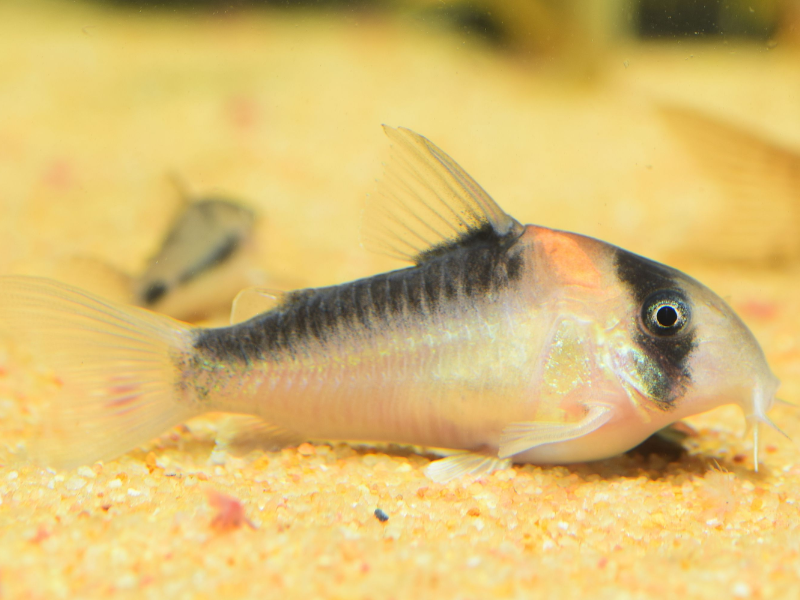
Scientific Classification
Quick Stats
Aquarium Building Information
About This Species
Basic Description
Detailed Description
Adolfo's Cory is a captivating freshwater species native to the slow-moving, typically acidic blackwater river systems of South America. This natural habitat informs their ideal aquarium conditions: subdued lighting, soft substrate, and a low-flow environment that replicates the calm waters they inhabit. Their classification as a bottom-dweller means they will spend the vast majority of their time on the aquarium floor. Here, their active and social nature truly shines, especially when kept in appropriate schools. A group is essential for their welfare, as it reduces stress and encourages natural foraging behaviors. In isolation, they can become shy and withdrawn.
Physiologically, this fish possesses a fascinating adaptation. As a surface breather, it has a modified intestine that allows it to gulp atmospheric air and absorb oxygen. This is a survival mechanism for waters that may occasionally be oxygen-deprived and explains their characteristic dart to the surface. In the aquarium, this behavior will still be observed even in well-oxygenated water. Their constant foraging activity is not just for show; they are efficient consumers of biofilm and leftover food, contributing to the tank's cleanliness. As omnivores, their diet must be varied to ensure proper health and vitality over their multi-year lifespan. A high-quality sinking pellet or wafer should be the staple, but this must be supplemented regularly with frozen, live, or freeze-dried foods. While they are resilient, maintaining stable water parameters and a clean environment is key to their long-term health. They are surprisingly fast swimmers, often seen in short, energetic bursts around the tank, adding a dynamic element to the benthic zone of a community setup.
Scientific Description
Hoplisoma adolfoi, a member of the family Callichthyidae, is a small benthic fish endemic to specific river basins in South America. Its taxonomic placement has been subject to recent revisions, with many species formerly in the extensive Corydoras genus being reclassified into genera like Hoplisoma based on phylogenetic analysis. Morphologically, H. adolfoi exhibits a fusiform body shape, armored with two rows of bony plates or scutes, a hallmark of the family. The head is equipped with sensitive barbels that function as chemosensory organs, crucial for locating food within the substrate in its often darkly-stained native waters.
A significant physiological trait is its capacity for facultative aerial respiration. This is accomplished via a highly vascularized posterior intestine, allowing the fish to supplement its aquatic respiration by swallowing atmospheric air. This adaptation allows it to thrive in environments that may experience periodic hypoxia. Its metabolism is moderately active, necessitating daily feeding. Despite this, its waste production is relatively low, and it possesses a modest bioload factor, making it a manageable species in closed aquatic systems. Ecologically, H. adolfoi is an omnivorous detritivore. It plays a role in the benthic food web by consuming biofilm, small invertebrates, and organic detritus, thereby contributing to nutrient cycling. Its IUCN Red List status is currently 'Least Concern' (LC), suggesting that wild populations are not presently facing immediate, major threats, though like many species from its region, it is susceptible to habitat degradation.
Breeding Description
Breeding Adolfo's Cory is considered moderately difficult and requires a dedicated setup with specific conditions to trigger spawning. Success hinges on simulating the environmental cues of their native habitat's rainy season. To begin, sexing the fish is the first step. Females are typically larger, noticeably plumper, and have a wider body shape when viewed from above, particularly when they are conditioned and full of eggs. Males, in contrast, are smaller and more slender. For a successful attempt, it is recommended to condition a group of well-fed adults in a separate breeding aquarium, ideally with a higher ratio of males to females, such as two or three males per female, to increase fertilization rates.
To induce spawning, perform a large water change (50-75%) with water that is significantly cooler and softer than the tank's current parameters. Increasing aeration to create higher oxygen levels can also help stimulate the breeding response. If successful, the fish's courtship behavior will become apparent, culminating in the classic Corydoras 'T-position' for fertilization. The female will then deposit her adhesive eggs in small clutches on various surfaces, such as the aquarium glass, plant leaves, or prepared spawning mops. After spawning is complete, the adult fish should be removed from the breeding tank to prevent them from consuming the eggs. The eggs will typically hatch within three to five days. It can be beneficial to add a mild anti-fungal agent to the water to prevent the eggs from succumbing to fungus. Once hatched, the fry will sustain themselves on their yolk sac for a few days before they become free-swimming. At this point, they require microscopic foods like infusoria, vinegar eels, or microworms, graduating to newly hatched brine shrimp as they grow. Maintaining pristine water quality with frequent, gentle water changes is paramount for the survival and healthy development of the delicate fry.
Generate Printable Card
Create a printable card for this creature to display in your store or aquarium. The card includes a QR code for quick access to more information.
